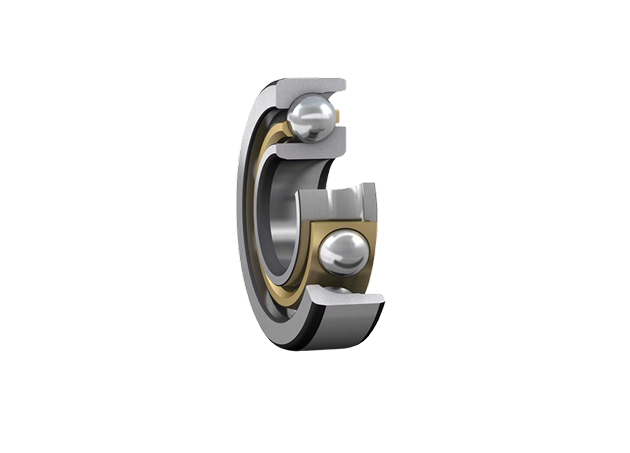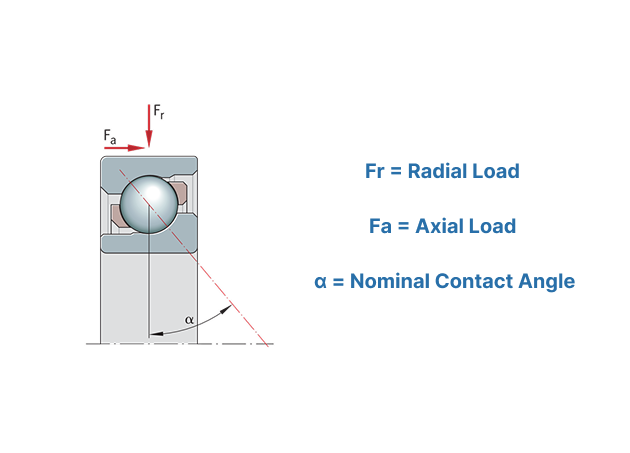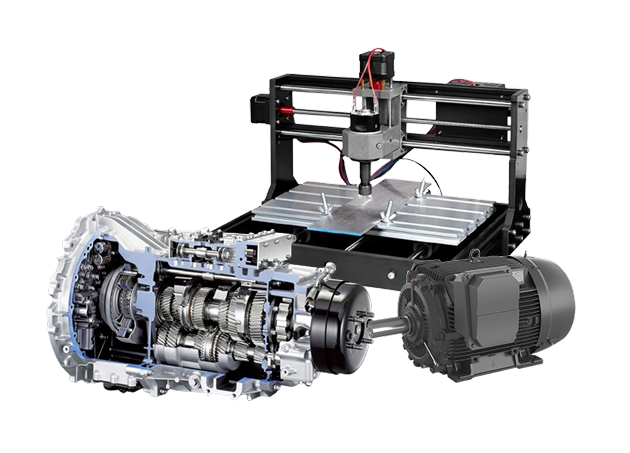Home / Product / Ball Bearings / Angular Contact Ball Bearings / Single Row Angular Contact Ball Bearings (General)
Single Row Angular Contact Ball Bearings (General)

Super precision angular contact ball bearings are engineered for high-speed, high-accuracy applications such as machine tools, aerospace systems, and robotics.
Loading...
Total 600 Results
Part Number
Interchangeable
System of Measurement
Contact Angle
For Load Direction
Bore Dia
Outer Dia
Width
External Diameter On Inner Ring (Small Side Face)
Dynamic Radial Load
Static Radial Load
Price($)
70/900 AMB
SKF
Metric
40°
Angular Contact
900 mm
1280 mm
170 mm
978 mm
351000 lbf
1102500 lbf
BA1B 307788
SKF
Metric
40°
Angular Contact
900 mm
1030 mm
63 mm
93600 lbf
285750 lbf
70/950 AMB
SKF
Metric
40°
Angular Contact
950 mm
1360 mm
180 mm
1043 mm
366750 lbf
1170000 lbf
70/1000 AMB
SKF
Metric
40°
Angular Contact
1000 mm
1420 mm
185 mm
1098 mm
366750 lbf
1215000 lbf
718/1000 AMB
SKF
Metric
40°
Angular Contact
1000 mm
1220 mm
100 mm
207675 lbf
618750 lbf
70/1060 AMB
SKF
Metric
40°
Angular Contact
1060 mm
1500 mm
195 mm
1217.6 mm
378000 lbf
1282500 lbf
70/1120 AMB
SKF
Metric
40°
Angular Contact
1120 mm
1580 mm
200 mm
1284.2 mm
400500 lbf
1440000 lbf
718/1120 AMB
SKF
Metric
40°
Angular Contact
1120 mm
1360 mm
106 mm
238500 lbf
843750 lbf
70/1180 AMB
SKF
Metric
40°
Angular Contact
1180 mm
1660 mm
212 mm
1308 mm
391500 lbf
1395000 lbf
70/1250 AMB
SKF
Metric
40°
Angular Contact
1250 mm
1750 mm
218 mm
1430.5 mm
447750 lbf
1721250 lbf
708/1250 AMB
SKF
Metric
40°
Angular Contact
1250 mm
1500 mm
80 mm
181350 lbf
607500 lbf
718/1250 AMB
SKF
Metric
40°
Angular Contact
1250 mm
1500 mm
112 mm
256500 lbf
877500 lbf

Supports Combined Loads Efficiently
Single row angular contact ball bearing is a basic type of bearing, designed to accommodate both radial and significant axial loads simultaneously, but only in one direction for a single bearing.
The internal geometry features offset raceways creating a contact angle, enabling this crucial capability. This makes them an ideal choice for applications where both load types are present and need reliable management, such as in pumps and compressors.
Select these when simple radial bearings aren’t enough.
Variety of Contact Angles Available
These angular contact bearings are available with different standard contact angles (commonly 15°, 25°, 30°, 40°). Different contact angles result in different performance: larger angle provides higher axial load capacity but generally lower speed capability, while smaller angle offers higher speed potential but lower axial capacity.
Choose the contact angle that best balances the axial load magnitude and operational speed requirements for your specific machinery, ensuring optimal performance and lifespan.


Versatile Choice Among Bearing Types
As a widely used type of bearing, single row angular contact ball bearings offer a versatile solution for many industrial applications like gearboxes, electric motors, and machine tool components where combined loads occur.
While a double row angular contact ball bearing offers bidirectional axial support in one unit, single row bearings provide more flexibility in arrangement and preload control. They represent a reliable and cost-effective choice for numerous standard engineering challenges.
HOT PRODUCTS
FREQUENTLY ASKED QUESTIONS

Why can a single bearing only take axial load one way?
Because the internal raceways are offset relative to each other, creating an angle. Load is transmitted along this angle, meaning axial force can only be properly supported in one direction based on how the bearing is oriented.
What's the main difference between single row angular contact ball bearings vs. double row angular contact ball bearing?
A single row bearing has one row of balls and handles axial load in one direction (when used alone).
A double row angular contact ball bearing has two rows, typically arranged internally like a DB pair, handling bidirectional axial loads in a single, more compact unit.
How do I choose the right contact angle when buying?
Consider your load ratio and speed. Higher axial load component suggests a larger angle (e.g., 40°). Higher speed requirements favor a smaller angle (e.g., 25°). Consult product detail pages.
How long will it take to ship after the payment?
We have sufficient inventory. Most orders will be shipped within 10 days or less. After the order is dispatched, you can track the logistics information at any time until the goods are signed for.
-7316-BECCM-Dimensions.webp)
-7214-BEGAF-Dimensions.webp)
-7406-BM-Dimensions.webp)
-7238-BCBM-Dimensions.webp)
-7313-BEGAF-Dimensions.webp)
-7319-BEGAM-Dimensions.webp)
-71892-AGMB-Dimensions.webp)
-7307-BE-2RZP-Dimensions.webp)
-7306-BE-2RZP-Dimensions.webp)
-7218-BEGAM-Dimensions.webp)
-BA1B-307788-Dimensions.webp)
-7215-BECBY-Dimensions.webp)
-7236-BCBM-Dimensions.webp)
-7311-ACCBM-Dimensions.webp)
-7314-BECBY-Dimensions.webp)
-708-1250-AMB-Dimensions.webp)
-7319-BEM-Dimensions.webp)
-7306-ACCBM-Dimensions.webp)
-7318-BECBJ-Dimensions.webp)
-7212-BECBJ-Dimensions.webp)